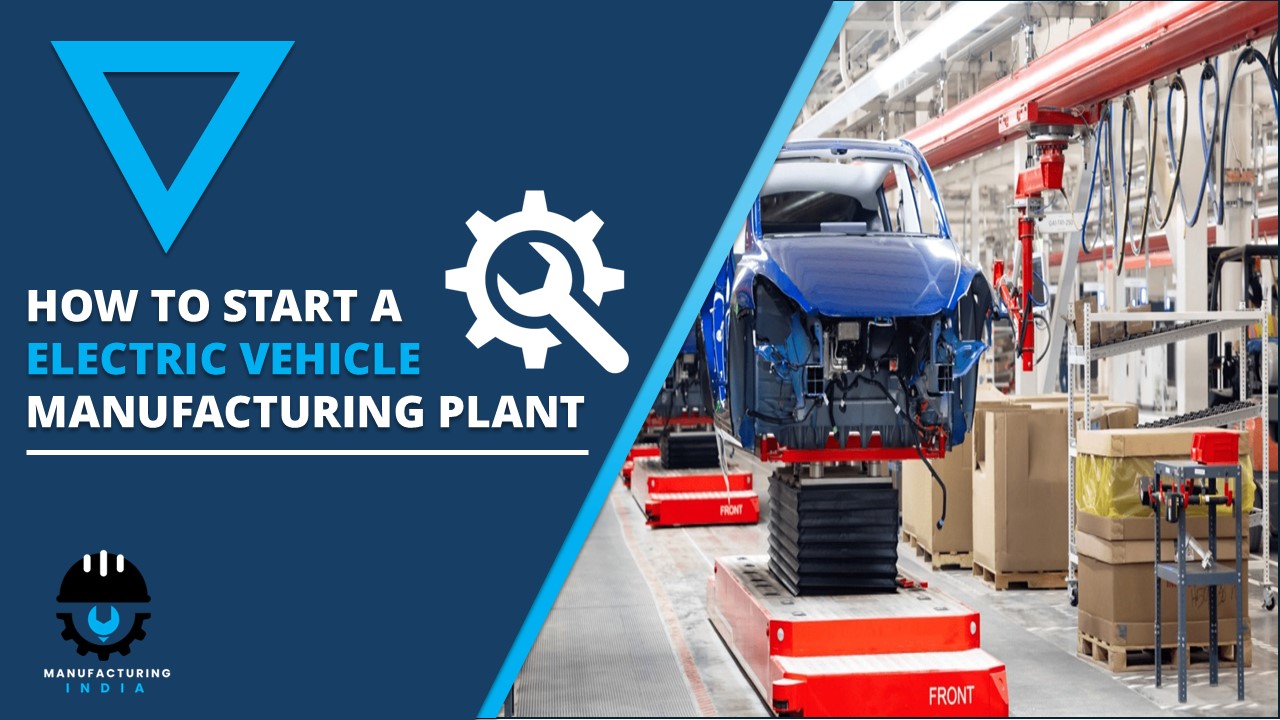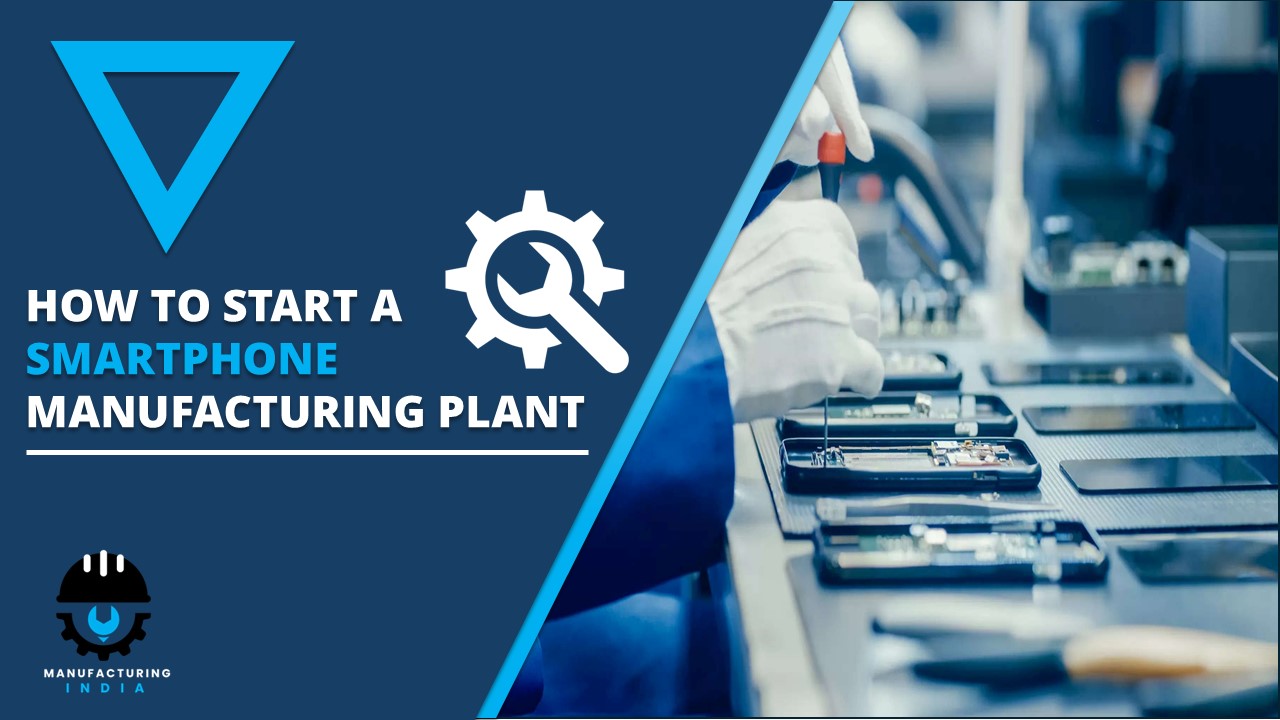The global automotive industry is undergoing a major transformation, with electric vehicles (EVs) emerging as the future of mobility. Rising fuel prices, stringent emission regulations, and advancements in battery technology are driving a surge in EV adoption worldwide. According to IMARC’s projections, the global electric vehicle market, which was valued at USD 755 Billion in 2024, is estimated to reach USD 4,360 Billion by 2033, at a CAGR of 21.5% from 2025-2033. Governments and private investors are pouring billions into EV infrastructure, making it an opportune time to enter the electric vehicle manufacturing sector.
Establishing an electric vehicle manufacturing plant is a complex endeavor that requires meticulous planning, substantial investment, and a thorough understanding of the automotive industry. From raw materials to regulatory requirements, every phase of the business is to be conducted with utmost precision. Businesses can streamline this process by leveraging on-demand professional resources such as the Electric Vehicle Manufacturing Plant Project Report, which provides feasibility reports, cost estimations, and requirements for technical necessities.
Below is a step-by-step guide to setup electric vehicle manufacturing facility:
Step 1: Conduct Market Research and Feasibility Analysis
In the feasibility phase, a validation of the vehicle project is carried out. In this phase, a brief outline of the market and the planned product is created in line with the target market requirements.
The additional work during this phase is the project process itself. This includes strategies for product development, sales and distribution, and after-sales. Potential conflicts during these phases are also evaluated.
A high level of expertise in the automotive arena is necessary to devise realistic estimates about time, resources, financial and technical requirements, and the manufacturing plant setup. The feasibility study is, therefore, conducted best with an experienced industry partner.
For an efficient feasibility study, businesses should consider studying the below-mentioned parameters comprehensively:
- Analyze current trends in the EV market, consumer preferences, and future projections to identify potential opportunities and challenges.
- Evaluate existing competitors, their product offerings, market share, and strategies to determine your unique value proposition.
- Understand the local, regional, and national regulations on the manufacture of EVs, covering environmental standards, safety requirements, and incentives. As regulatory complexities continue to evolve, businesses must stay ahead of compliance challenges. IMARC provides in-depth market research and expert insights to help organizations navigate these shifting regulatory landscapes effectively.
Step 2: Developing a Comprehensive Business Plan
- Product Strategy: Product strategy should include the nature of the electric vehicles to be manufactured, specifications, features, and target markets.
- Operational Plan: This should elucidate the manufacturing process, technology adopted, production capacity, and quality assurance protocols.
- Financial Projections: Financial projections should include detailed projections of capital expenditure, operational cost, revenue streams, and break-even analysis.
- Risk Management: Identify and develop mitigation strategies for potential risks.
The importance of a business plan is its attractiveness to investors, efficiency in its operations, and the ability to adapt to changing market conditions. A good example of a structured business plan within the EV industry is Tesla. Initially, Tesla was targeting high-performance electric vehicles with its luxury Roadster and later scaled down to the mass market models, such as the Model 3. The company strategically invested in battery technology, developed proprietary software, and built Gigafactories to control production costs and scale efficiently.
Similarly, Rivian is an American EV startup that has entered the market with adventure vehicles for customers seeking sustainable off-road capabilities. Its operational plan involved partnerships with major investors like Amazon and Ford to secure funding and production support. By aligning their financial projections with long-term industry trends, they positioned themselves as a competitor in the EV space.
Step 3: EV Designing and Prototyping:
- Vehicle design: Develop innovative and efficient EV designs that are aerodynamic, aesthetically pleasing, and safe.
- Component selection: Choose the best components available, such as battery, motor, and electronic control units, which are reliable and of good quality.
- Prototyping: Develop functional prototypes to test and refine your designs.
- Testing and validation: Test your vehicles rigorously for safety, performance, and regulatory compliance.
Step 4: Secure Funding and Investment
- Capital Requirements: Compute the total amount of investment required to acquire the land, build a facility, obtain equipment, and working capital.
- Sources of Funding: Explore capital loans, government grants, and partnerships with established automobile firms.
- Investor Relations: Craft a pitch to seek investors’ interest, citing the potential of growth in the EV market and your strategic advantages.
Step 5: Setting up the Manufacturing Facility:
- Site Selection: Select location according to the required criteria of proper infrastructural requirements along with proximity to local distributors and suitable transportation
- Regulatory Compliance: Ensure the site meets relevant zoning rules along with laws on pollution regulation, and tax considerations, among others.
- Incentives: Explore the possibility of tax incentives, subsidies, or grants by local or national governments for EV manufacturing.
- Facility Layout: An appropriate factory layout can be designed considering workflow, with minimum waste generated and flexibility in future expansion.
- Technology Integration: The introduction of advanced technology like automation, robotics, and quality control systems enables enhanced productivity.
- Equipment Procurement: Acquire suitable machinery and equipment for assembly testing and quality checking.
- Supply chain: Construct a steady chain of supply from the suppliers with respect to both components and raw materials.
- Sustainability: Engage in environment-friendly practices in energy-efficient systems while avoiding wastage to reduce ecological impact.
Step 6. Establishing Supply Chain and Vendor Relationships
- Supplier Identification: Source reliable suppliers for raw materials, components, and sub-assemblies necessary for the production of EVs.
- Logistics Management: Design a robust logistics strategy to ensure timely delivery of materials and distribution of finished vehicles.
- Quality Assurance: Set stringent quality standards and collaborate with suppliers to maintain consistency and reliability.
Step 7: Recruit and Train a Skilled Workforce
- Talent Acquisition: Recruit professionals with expertise in automotive engineering, manufacturing, quality control, and other relevant fields.
- Training Programs: Provide comprehensive training programs to upskill employees in the latest EV technologies and manufacturing processes.
- Safety Protocols: Set strict safety guidelines to ensure a safe working environment for all employees.
Step 8: Initiating Production and Continuous Improvement
- Pilot Production: Conduct a pilot production run to iron out any problem areas in the manufacturing process.
- Quality Control: Rigorous testing should be conducted for every vehicle that meets the desired quality standards.
- Feedback Loop: Establish feedback mechanisms to gather reviews from customers and incorporate improvements into the production process.
Step 9: Marketing and Sales Strategy
- Product Launch and Brand Development: Launch your EVs into the market with the help of innovative marketing campaigns and events. Establish a brand that appeals to your target market.
- Sales Channels: Formulate a multi-channel sales strategy, which includes dealerships, online platforms, and direct sales.
- Customer Service and After-Sales Support: Organize a robust customer service and after-sales service network for maintaining, repairing, and attending to customer queries.
Step 10: Stay Informed on Industry Trends and Adapt
- Industry Monitoring: Stay up-to-date about the new and improved developments in EV technology, market dynamics, and regulatory changes.
- Innovation: Invest in research and development to innovate and stay competitive in the evolving EV landscape.
- Networking: Participate in industry forums, conferences, and trade shows to build relationships and stay connected with key stakeholders.
By following this comprehensive roadmap and staying attuned to industry trends, you can successfully establish and operate an electric vehicle manufacturing plant poised for long-term success.
Conclusion:
Recent developments in the EV industry highlight the importance of strategic planning and adaptability. For instance, Jaguar Land Rover invested over £250 Million to upgrade its plant in Halewood into an all-EV facility, incorporating advanced technologies and sustainable practices. Similarly, Hyundai Motor Group’s Metaplant America commenced full production in October 2024, reflecting the rapid growth and investment in EV manufacturing infrastructure.
IMARC Group provides factory setup services with thorough planning, extensive knowledge, and strategic implementation. With innate expertise in market research and consulting, we provide valuable insights into the market scenario, regulatory requirements, and opportunities for investment across various sectors, including passenger and commercial EVs.
Our advisory services tailored as per business needs include feasibility studies, site selection, strategic planning, and competitive analysis, ensuring the right information at every point in the setup process. We provide businesses with opportunities to navigate complex situations, avoid risks, and maximize operational efficiencies by tapping our vast network and industry knowledge.
Whether navigating regional regulations, determining cost-effective resources, or accessing skilled labor, IMARC Group’s all-inclusive approach facilitates a successful and smooth establishment of manufacturing ventures.




